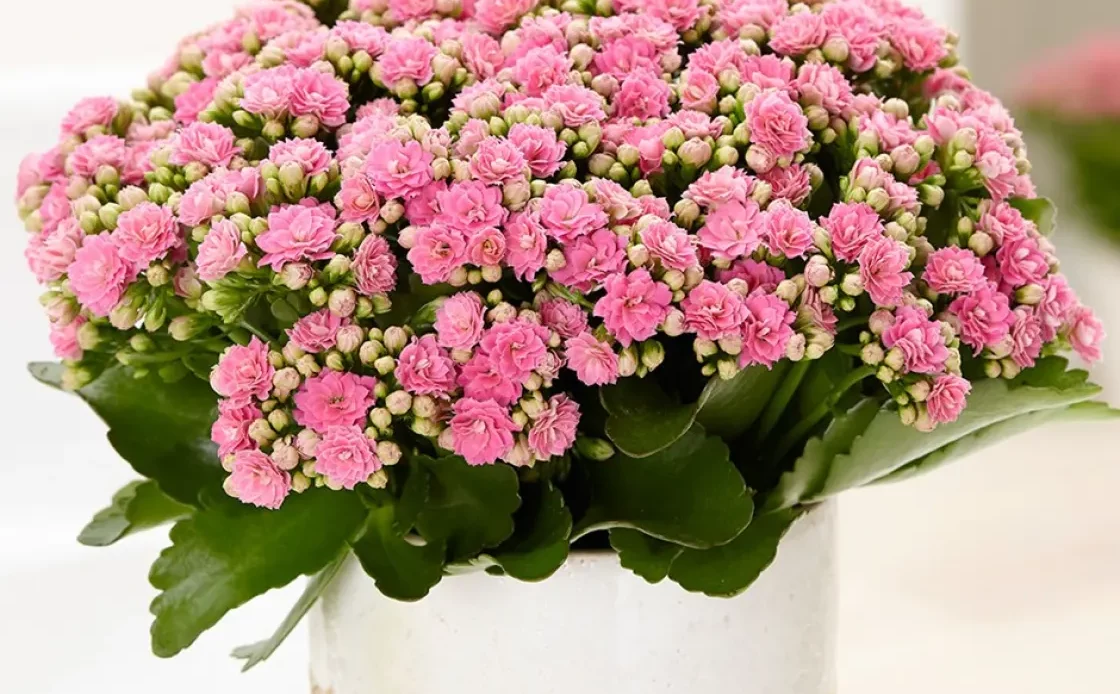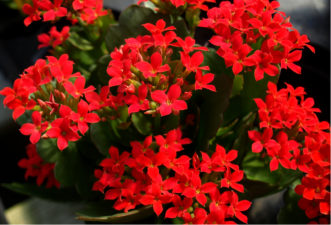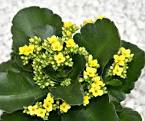
Last updated on May 21st, 2023 at 09:48 am
Although Kalanchoe may seem unusual, it has a long and interesting history. Tropical Asia, Egypt, and Madagascar were the sources of this plant. It wasn’t until 1927 in Paris that Robert Blossfeld, a German seed broker, found it. Kalanchoe Blossfeldiana or Kalanchoe Blossfeldiana was offered as a houseplant from that point on.
Thanks to breeders in Denmark and the Netherlands, the Kalanchoe became well-known across the world in the 1980s. It is, in fact, one of the world’s most popular flowering plants. Kalanchoe is now available in a variety of forms across the globe. New hues and sizes have been added to this plant due to the introduction of innovation.
There are now 125 identified species of Kalanchoe in the succulent family. It is named after the Chinese term for ‘Kalan Chau,’ and it is a mistranslation. The plant is endemic to China and southern Africa, and Madagascar.
German seed seller Robert Blossfeld developed the Blossfeldiana variety of the plant after it was imported to Europe in the 1930s. Because of its wide variety of colors and forms and its low-maintenance requirements, it has become a favorite houseplant in recent years.
What does the Kalanchoe flower symbolize?
The Kalanchoe flower is not mentioned in the flower language, nor has any intriguing or ancient traditions associated with it. It is, however, a plant that is extremely helpful to physical and spiritual health, and it is regarded as sacred in Santeria.
If we had to define it, it would be strength, endurance, health, and life. A Kalanchoe flower is a fantastic present for those unable to move or go outside to enjoy nature.
In the Yoruba religion, the Kalanchoe, also known as Witch Grass, is one of the most commonly utilized plants in healing ceremonies. It is thought to have the ability to scare away the negative forces that possess a person and create illness or bad luck.
Bathing or washing with Kalanchoe macerated water is part of the practice, as is praying for the “Orishas” (Yoruba Divinities).
In the same faith, the Kalanchoe is employed in an unusual love rite in which the plant is sown next to a piece of paper with the couple’s names written.
The plant is said to be linked to its love; if it grows well, so will love; if it dies, so will the connection.
All in all, the Kalanchoe flower symbolic meanings are:
- endurance
- lasting affection
- wealth
- prosperity
Meaning of the Kalanchoe flower colors
Pink color

Pink represents innocence, childhood, purity, femininity, and passionate energy.
Any flower with this color, including the Kalanchoe, can unknowingly express these sentiments to the recipient.
Red color

In the case of reds, fuchsias, or dark oranges, the Kalanchoe may have a more profound emotional significance.
Flowers of this color often represent love, passion, and lust, but if you give them a note, you can give them a more specific meaning based on your view.
Yellow color

Kalanchoe flowers, which are delicate yellow or orange, are usually the most resistant to extreme environmental conditions. As a result, you may give them the meanings of power, health, joy, or the spirit of liveliness.
Either way, you can give them as a gift to cheer up or wish your loved ones good health and luck.
White color
The color white always conveys purity, calm, and cleanliness. In this scenario, the Kalanchoes represent renewed health and vigor.
Interesting facts about the Kalanchoe flowers
- The stems, leaves, and petals of the Kalanchoe flower are high in flavonoids, acetates, phenols, and enzymes, all of which are helpful to human health.
- The Kalanchoe has been utilized to treat infections, inflammation, and rheumatism.
- Kalanchoe is also useful in cancer treatment. Its leaves contain an organic chemical that can inhibit the growth and spread of malignant cells.
- Kalanchoe is endemic to Southeast Asia (including China) and has become a fixture in Chinese New Year celebrations. For the Chinese, the plant is known as “thousands and millions of crimson and purple,” It is appreciated for its symbolism of wealth and prosperity, all of which are usual holiday well-wishes.
- Kalanchoe flowers include cardiac glycosides, which are harmful to animals. Cattle and sheep poisonings are widespread in South Africa and Australia, where Kalanchoe grows wild.
- Kalanchoe is still one of the earliest plants to be taken into space. Kalanchoe seeds were transported to the Soviet Salyut 1 space station aboard a resupply ship in 1971 to cheer up the astronauts who were suffering from loneliness and despair during their time in space. They cherished these tiny seedlings so much that they dubbed Kalanchoe the “life tree” and made certain it was constantly visible during station television broadcasts.
- The Royal Horticultural Society in the United Kingdom has given Kalanchoe the prestigious Award of Garden Merit.
How to grow Kalanchoe flowers
Kalanchoes are easy to grow and care for, making them ideal for those short on time. It has thick, strong leaves that can retain their moisture and is recognized for its impressive foliage.
- Plant the Kalanchoes in well-drained, sandy soil.
- Keep the plant in a room with an abundance of bright, natural light.
- Direct sunlight should be avoided as it might scorch the leaves and limit blooming.
- Dry the soil completely between waterings to avoid root rot.
- Feed the soil once a month with a well-balanced fertilizer blend during the spring and summer but not during the winter.
How to care for Kalanchoe flowers
- Give the Kalanchoes a complete saturation only every few weeks.
- If flowering is exiguous, switch to a fertilizer higher in phosphorus.
- Remove the drying blooms as soon as you see them appear.
- Remove the dehydrated and dead blooms.
- Prune any damaged or diseased leaves and branches.
- Pinch the plant’s stems to maintain its shape and promote more robust blooming.
Best time to gift Kalanchoe flowers
Some flower gifts may endure as houseplants and be more easily restored to bloom. If you want to rebloom some of these flowers you acquire for the holidays, you’ll have to be more patient than others. It takes kalanchoe around three months of darkness every day for about three months to stimulate flower bud creation, much as it does with poinsettia.
Kalanchoes have thick, waxy leaves with scalloped edges and blossoms throughout late winter and early spring, making them an ideal Valentine’s Day gift.
Conclusion
Kalanchoe has become an exceedingly popular cut flower and garden decoration due to its low-maintenance nature and wide range of vivid hues.
It’s also popular because of its long vase life; flowering Kalanchoe plants can last up to eight weeks. This endurance lends to the plant’s other connotations of perseverance and everlasting love.
If you want to know and learn more about flowers, we at PansyMaiden can help you. Check out our fun, easy-to-read, and informative flower-related content that you will surely enjoy!

